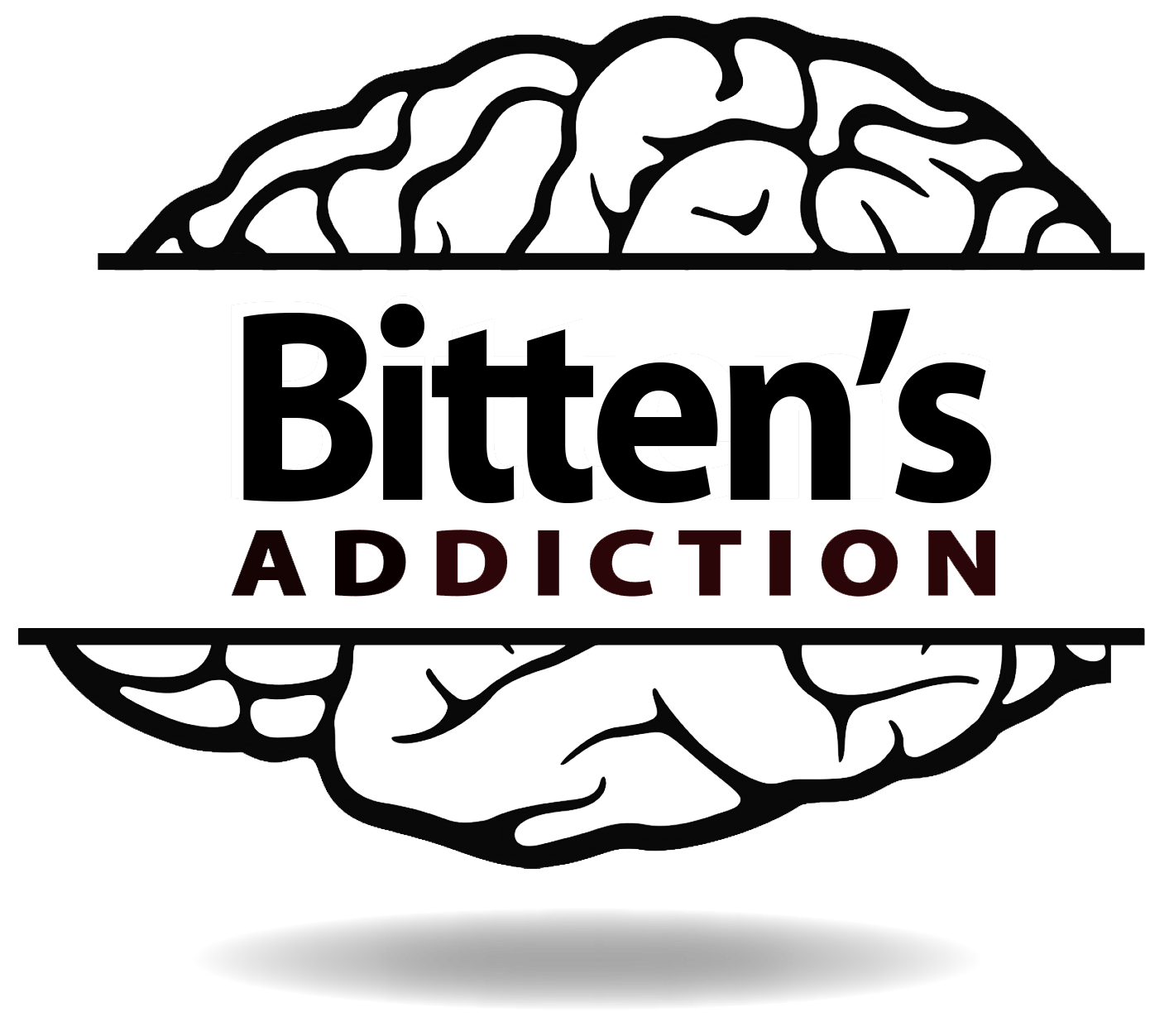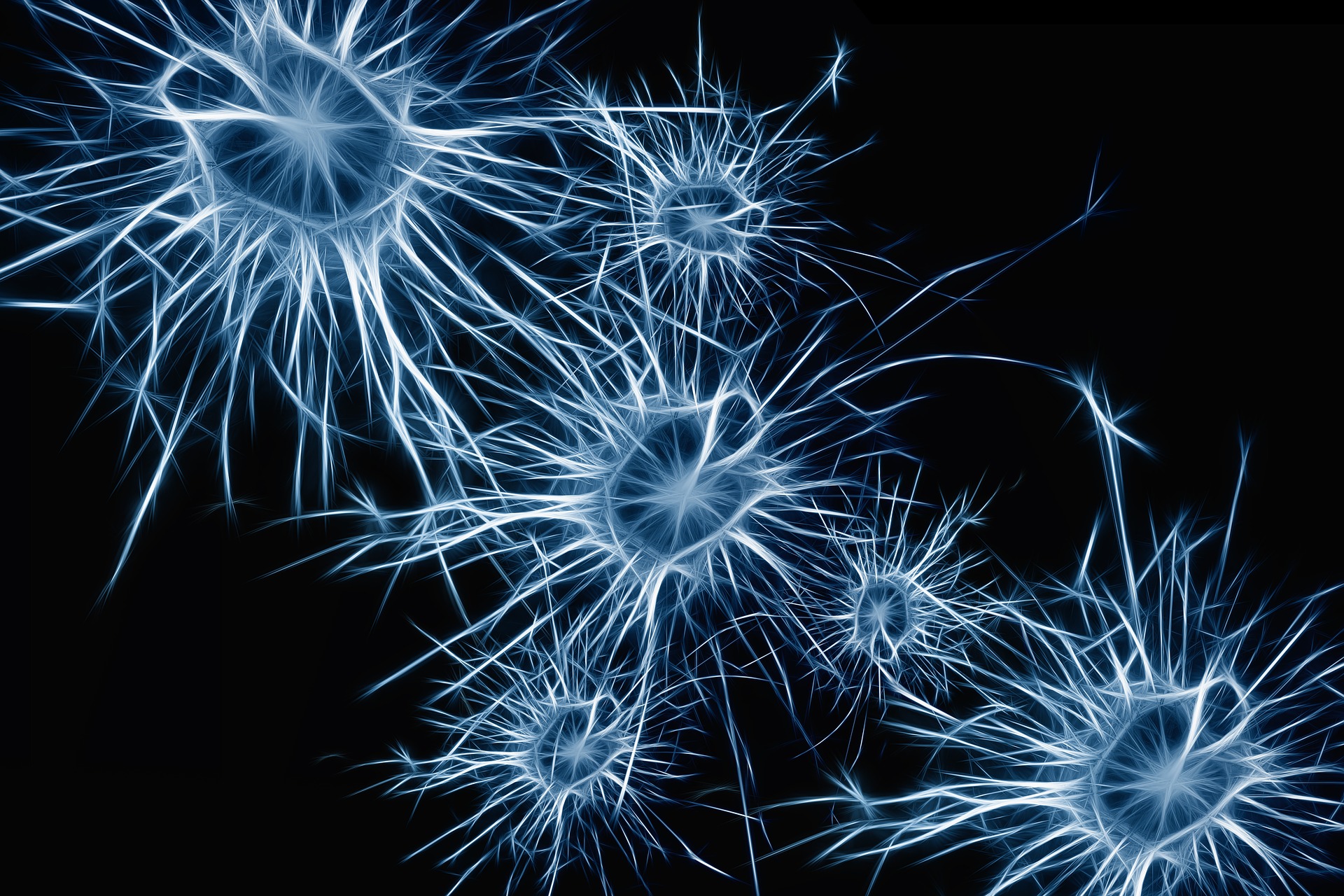THE BRAIN – BIOCHEMICAL BACKGROUND
Refined carbohydrates, which provide a quick energy boost, have become, in only a couple of generations, an important ingredient in many foods. In addition, low-fat products often replace fat with sugar, rice starch, or other refined carbohydrates like white flour. For many, the effect is the exact opposite of ”light”.
Up to 75 percent of us have inherited a sensitivity to refined sugar, i.e. when consuming sugary foods, the blood sugar fluctuates sharply. A quarter of these people are extremely sensitive. For us sugar-sensitive people, sugar in all forms, including refined white flour and pasta, can be as addictive as cocaine or heroin. We start eating these foods and cannot stop, the body’s need for more is relentless.
SUGAR AFFECTS THE NEUROTRANSMITTERS
Sugar and other processed carbohydrates, as well as alcohol, affect the body’s own neurotransmitters, which gives us a good and comfortable feeling. If you have this genetic tendency, the effect of the sugar becomes much more powerful, but it fades faster and then you want more, and when you don’t get it, you suffer from withdrawal in the form of mood swings and restlessness. When you eat more carbohydrates, you feel better temporarily, but the blood sugar levels yo-yo up and down.
MOOD SWINGS
Sugar-sensitive people can be both underweight, normal, or obese. They may be food addicts but this is not a must. Being sensitive to sugar means having a strong attraction and reaction to junk food/processed foods and/or foods high in carbohydrates which in turn leads to strong mood swings and low energy levels. The sugar-sensitive person becomes something of a ”Dr. Jekyll and Mr. Hyde”. Sometimes they may have depression and/or aggression, and be violent, unpredictable, forgetful, and impulsive. They may have a short fuse, become angry easily or unconcerned, and talk a lot and very fast. But there is another side where they can also be creative, charismatic, charming, energetic, playful, and loving. It is challenging both to be and to live with a person like that.
Simple CARBOHYDRATES – HIGH INSULIN LEVELS
Simple carbohydrates, such as flour and pasta are converted in the stomach to glucose, a form of sugar, which is the body’s own fuel. One cup of pasta gives the same effect as ten teaspoons of pure sugar. When the body tries to compensate for a large amount of sugar, it produces more insulin. This forces a high insulin level, which in turn causes the insulin receptors of the body’s cells to become less sensitive to insulin, resulting in lower fat burning. Even though the food contains less fat than normal, it is what causes muffin tops around the waist. When there are large fluctuations in the nutritional supply of the brain – the brain cannot store glucose, its fuel – this causes the level of the stress hormone cortisol to increase. This creates even more of an imbalance.
BLOOD SUGAR AND HORMONE CHANGES…
The combination of fluctuating blood sugar, low levels of beta-endorphins – which, among other things, control self-esteem – and low levels of the ”must-have hormone”, serotonin, makes us feel physically and mentally bad. Trying to control this with diet or exercise is often impossible. “Helpful” comments about getting a handle on things with diet and exercise are cruel to a sugar addict. These comments only show that the one saying them does not understand how this process works – which in itself is understandable because his/her own body does not react in the same way.
…REQUIRES A COMBINATION OF ACTIONS
Getting out of this situation of fluctuations in blood sugar and hormones requires a combination of actions. Knowledge of how your own body works is an important part, so is good food with no refined carbohydrates and exercise for improved thoughts, feelings, and body. Many treatment models address only one or two parts of this problem. We have a holistic view and claim that the disease must be attacked from all angles at the same time.
BRAIN REWARD SYSTEM
Physical dependence is created in the brain’s reward system and works in exactly the same way, whether the drug is sugar, nicotine, alcohol, prescription drugs, or even various actions such as shopping, risk-taking, gambling, work, etc. To understand what it’s really like, we need to take a look at how the different cells of the brain speak to each other. In order to explain this, we can compare it to a telephone call.
THE DRUGS GIVE OUR BRAINS FALSE ORDERS
When we talk on the phone, our speech turns into electrical signals that are transmitted through the air – and then turn those signals into speech again on the recipient’s phone. When the cells of the brain speak to each other, it is all about electrical signals, which turn into chemical signals, and then become electrical signals again in the next cell’s nerve ending. This happens in what is called the axon, that is, the point where the ends of two cells meet. It is precisely here that drugs have an effect and can cause harm to the signals by disturbing the communication between the cells and giving our brain false signals.
DOPAMINE – THE JOY MOLECULE
Drugs affect many different types of neurotransmitters. Some of the most common are serotonin, beta-endorphins, and adrenaline. In recent years, research has shown, or at least suggested, that one of the main substances that make us addicted is the neurotransmitter dopamine.
Dopamine is the brain’s “joy molecule”, the substance that makes us feel good and that life is fun. If we eat when we are hungry, look for warmth when we are frozen, go to sleep when we are tired, or meet any of our elementary needs, we reward ourselves with a dose of dopamine – it feels good. When we had a difficult task at work, bought something we needed at a good price, or fixed something that was broken in our home, we feel satisfied. Again, the brain is spreading some dopamine.
When we have a good relationship with people around us, when we fall in love, when we take care of our children, or when we experience a spiritual encounter – then dopamine is also involved. It gives us joy and satisfaction.
The SHORTCUT TO ENJOYMENT
Drugs can develop the same effect chemically. They go directly into the axon and raise dopamine levels. The brain is fooled into giving the body a reward that it did not deserve. Some drugs stimulate the nerve endings to secrete extra dopamine. Others imitate the dopamine and trick the receiving nerve ending to believe that it received a signal, although none was sent out. Secondly, they interfere with the body’s natural signaling substances, so the signal is not as effective as it should be. In any event, the effect will be the same: it amplifies the signals – it’s like screaming in someone’s ear.
EFFECTS THAT MAKE US ADDICTED
Three effects that work together and make us addicted:
- The memory of the wonderful experience causes us to take the drug again in order to get the same reward.
- We soon forget about the natural ways to get rewards, as it is harder and takes longer. It’s like making a shortcut in a forest: the bigger the trail, the easier it will be to find. At the same time, old trails get overgrown when they are not used anymore, and eventually, they are not seen at all.
- The brain adapts to the strong stimulus by making the receptors less sensitive to the stimuli, which means that higher doses are constantly required to achieve the same effect. The body then needs to create new dopamine receptors to respond to the overdose. At some point, there are receptors left open, and when dopamine is not recycled as much as before, they interpret it as a lack of dopamine, and this gives a lot of unpleasant symptoms.
DOPAMINE DEFICIENCY CAUSES ABSTINENCE
In severe cases of abstinence, the symptoms resemble those of a patient with Parkinson’s disease, which occurs when the body has too little dopamine.
Parkinson’s disease means that the body’s ability to produce dopamine is too small, whereas drug dependence means that the body’s demand for dopamine has become higher than normal. For example, the symptoms, such as difficulty in controlling the movement of their limbs are similar.
Understanding this process, it is no wonder that ”sugar rats” also run an increased risk of becoming alcoholics and addicts – sugar is a gateway drug. Ever since childhood, their brains have reacted differently to sugar, which caused a rebuilding of the brain’s reward system. The shortcut has become a big trail. The sweets are the first step on the road to heavier drugs – and therefore they are often the last and hardest drug to get rid of.
 Svenska
Svenska


